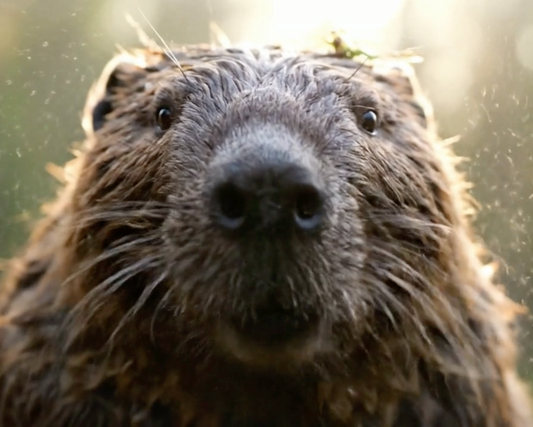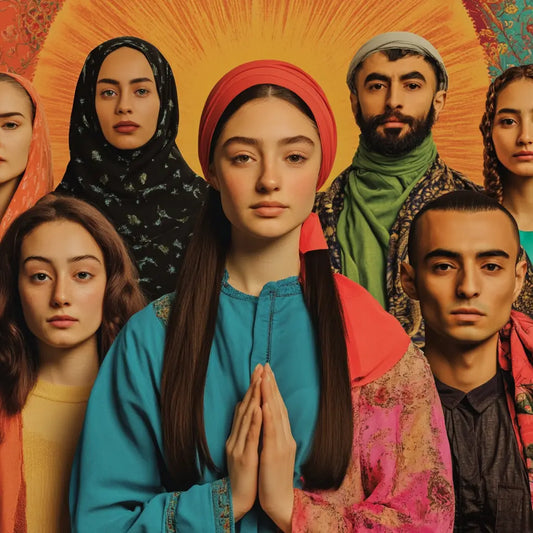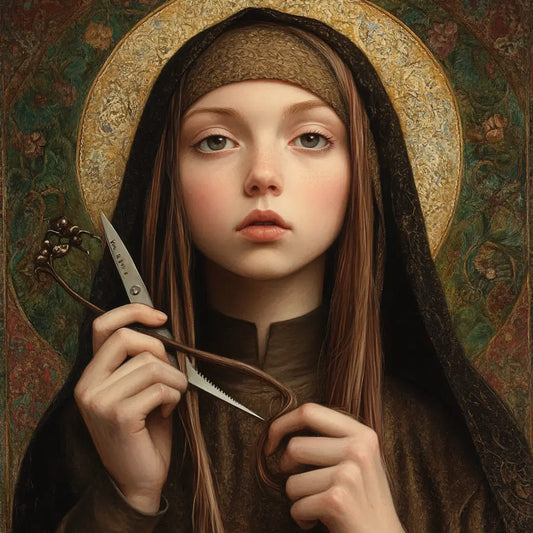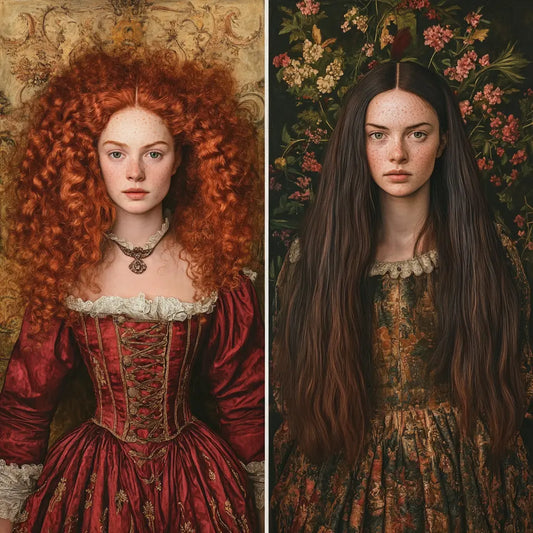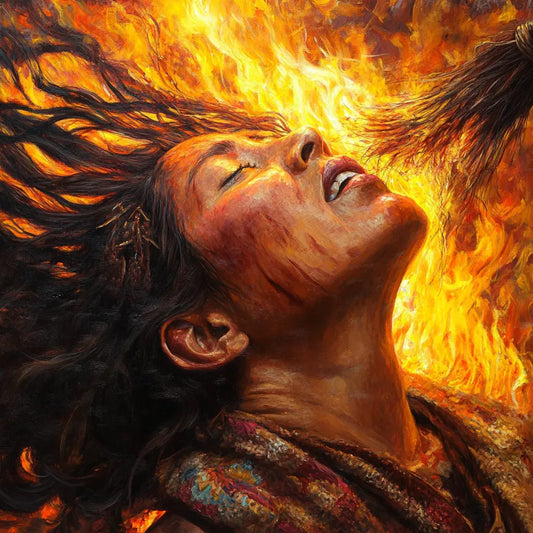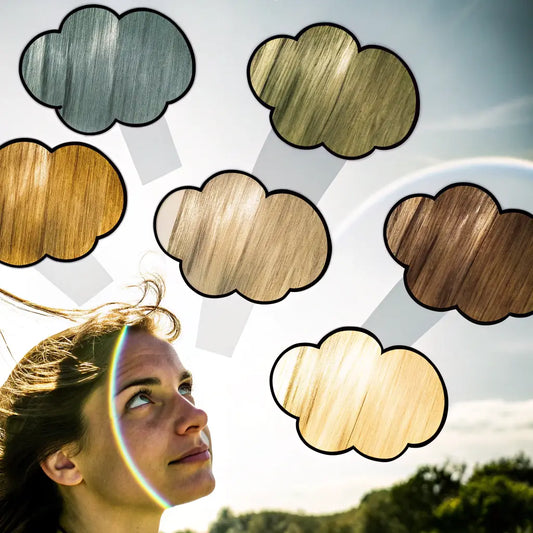Hair has long been a symbol of more than just beauty or personal choice. Throughout history, it has served as a powerful tool for political statements, rebellion against oppression, and expression of identity. From the loose-fitting locks of the 1960s counterculture to the shaved heads of resistance movements, hair has consistently held symbolic significance in times of social upheaval. In this article, we will explore the historical, cultural, and political symbolism of hairstyles and how they have been used as tools of resistance and protest.
Using little-known facts, surprising numbers, and interesting cultural examples, we will reveal the hidden power of hair in shaping history and uprisings.

Hair as a symbol of political resistance
Throughout history, hair has been an outward expression of rebellion. Whether it was rebellion against political systems or societal norms, rebellious hairstyles sent clear signals of resistance.
1960s counterculture and the power of long hair
In the 1960s, long hair became a symbol of rebellion in the United States and Europe. During this period, young people rebelled against the Vietnam War, consumerism, and the conservative values of their parents' generation. Long hair symbolized a rejection of traditional societal norms and became a central feature of the counterculture movement.
- A surprising number: By the late 1960s, nearly 70% of American men between the ages of 18 and 29 wore their hair longer than the military norm. It was not just a style choice, but a political statement.

Long hair also became a symbol of peace and love, embodied by icons such as John Lennon and Jimi Hendrix. For men, especially in the United States, long hair was a direct rebellion against military service. Shaved-headed soldiers and long-haired anti-war protesters became a visual representation of two opposing forces.
Punk Hairstyles: A Visual Refusal to Conform to Norms
In the 1970s, the punk rock movement exploded in the United Kingdom and the United States, bringing with it a nonconformism expressed in extreme hairstyles. Mohawks, spiky hairstyles, and brightly dyed hair became symbols of resistance to the existing system, consumerism, and political power.

- Fun fact: The iconic mohawk hairstyle, popularized by punk culture, originated from the North American Mohawk tribe. Punk rockers adopted the hairstyle as a way to express political rebellion against societal norms.
Punk hairstyles were not just a fashion choice, but also a deliberate provocation. By rejecting traditional beauty standards, punks sent a message of individuality, nonconformity, and political anger. These styles were intended to shock the middle and upper classes, who were often the target of punk music and attitudes. The bright colors and sharp angles became symbols of rebellion against capitalist ideals of beauty.

- Little-known insight: In 1977, youth unemployment in Britain was over 1.5 million , leading to a growing anger and frustration that became the driving force behind the punk movement. Hair became a visible symbol of anger at social inequality.
Shaved heads and gender politics: A modern rebellion
Shaving the head has often been considered a radical act throughout history, especially for women. Hair has long been associated with traditional femininity and beauty standards, and women who shaved their heads in protest often did so to reject these standards and assert their identity.

- Cultural example: In the 1990s, Irish singer Sinead O'Connor famously shaved her head in a refusal to conform to industry beauty standards. The act was both personal and political, symbolizing a refusal to sexualize herself in a male-dominated industry.

Recently, women involved in movements like #MeToo and Black Lives Matter have been shaving their heads as a form of protest, reclaiming their bodies and identities while challenging deeply held societal expectations. In some cases, it is an act of empowerment—a choice to reject gendered beauty norms in pursuit of self-acceptance and strength.
Hair in Wartime: Military and Resistance Hairstyles
During times of war, hair often becomes a political and practical tool. Whether it's a means of control, discipline, or resistance, military and insurgent hairstyles have always had deep meaning.
Military Hair Standards: Control and Adaptability
Military hairstyles have long been a sign of discipline, conformity, and order. Short hair in the military is not just practical; it symbolizes the abandonment of personal individuality in order to join the common force. A clean, uniformed appearance emphasizes the soldiers' loyalty to a greater cause.

- Interesting fact: The tradition of military hairstyles dates back to 331 BC , when Alexander the Great ordered his soldiers to cut their hair so that enemies could not grab them in hand-to-hand combat.
Short hair in the military also symbolizes obedience and the suppression of personal expression in favor of loyalty to the state. During World War II, military hairstyles were strictly maintained, and they became a visual reflection of patriotism and duty.
Women in resistance movements during World War II
During World War II, hair became a powerful symbol of collaboration, resistance, and punishment. Women accused of collaborating with German soldiers during the Nazi occupation of France had their heads publicly shaved after the war. This was intended as a humiliating form of punishment for women accused of treason by having relations with the enemy.

- A startling statistic: It is estimated that 20,000 French women publicly shaved their heads in 1944 , after the liberation of France, as punishment for alleged collaboration with German soldiers.
On the other hand, women who participated in resistance movements often cut their hair short or combed it neatly to avoid drawing attention to themselves and to match the style of male soldiers. Cutting their hair was a way to blend in with the crowd, but also to symbolize their determination to fight against oppression.

Hair and Political Prisoners: Symbolism of Control
Many regimes use shaving prisoners' heads as a means of control and dehumanization. During the Holocaust, Nazi concentration camps shaved prisoners' heads in an attempt to strip them of their identity and dignity. Cutting their hair in this case was not just a hygiene measure - it was a means of psychological control.
- Historical insight: During World War II, the Nazis shaved the heads of millions of prisoners and collected tons of human hair , which was used for industrial purposes, such as weaving into textiles. The process of dehumanization began the moment a prisoner's hair was shaved off.

In modern prisons, especially in authoritarian regimes, shaving prisoners' heads is still used as a means of control. It symbolizes the deprivation of personal identity and the transformation of a person into an anonymous figure within the system.
Historical figures who used their hair to make political statements
Throughout history, many influential figures have used their hair as a way to express their political views or make bold statements.
Queen Elizabeth I: Hair as a symbol of power and chastity
Queen Elizabeth I of England famously used her red hair to maintain an image of strength, chastity, and divine authority. Wigs and elaborate hairstyles helped her maintain her iconic look even as she aged. Her hair became a political tool, reinforcing her image as the "Virgin Queen" and emphasizing her independence in a male-dominated political space.

- Fun fact: Elizabeth I's collection included over 80 wigs , each carefully crafted to present a public image of youth, power, and control.
By manipulating her image through her hair, Elizabeth emphasized her dominance as a ruler and cemented her status as one of the most powerful women in history.
Nelson Mandela: Hair as Resistance to the Apartheid System
Nelson Mandela's hair became a symbol of resistance during his imprisonment. While imprisoned on Robben Island, Mandela and other prisoners were subjected to strict grooming regulations designed to dehumanize them. But Mandela, by subtly resisting the forced shaving of his head, maintained his dignity and challenged apartheid.

- Historical fact: During the apartheid era in South Africa, hair was also used to determine racial classification. The famous “pencil test” was used where a pencil was inserted into a person’s hair to determine whether they would be classified as black, colored, or white.
Mandela's resistance, even through the rules of grooming, became a symbol of his broader struggle for equality and freedom.
Bob Marley: Dreadlocks as a Political and Spiritual Symbol
Reggae icon Bob Marley used his dreadlocks as a statement about his Rastafarian faith, which rejects Western beauty standards and embraces an African identity. Marley's dreadlocks were not only a fashion statement, but also a deeply spiritual and political symbol, reflecting resistance to oppression and the fight for social justice.
- Cultural Insight: The Rastafarian tradition of growing dreads stems from the biblical Nazarene vow, in which individuals stop cutting their hair as a sign of divine dedication.

Marley's dreadlocks became an international symbol of rebellion, freedom, and nonconformity. His hair was an integral part of his message, reflecting resistance to colonialism, racism, and the oppression of black people around the world.
Myth debunking or interesting facts
- Myth: Long hair for men is a new trend.
Fact: In ancient times, long hair was often considered a sign of power and nobility. The Spartans were famous for their long hair, which they only cut before battle. - Fun fact: In the Roman Empire, short hair became a fashion symbol for men as a sign of Roman superiority. Long-haired "barbarians" were considered uncivilized, while Roman citizens kept their hair short as a status symbol.
- Myth: Dreadlocks are a modern hairstyle.
Fact: Dreadlocks were worn for thousands of years by various cultures around the world, including ancient Egyptians, Vikings, and Hindu saints, long before they became a symbol of rebellion in the 20th century. - Fun fact: In 18th-century France, men's wigs were a status symbol. Some nobles would spend up to $50,000 a year maintaining their elaborate wigs.
- Myth: A shaved head is just a modern symbol of rebellion.
Fact: Shaving your head has been a sign of resistance since ancient times. In Japan, samurai would shave part of their heads to show loyalty and readiness for battle.

Practical tips
- Embrace your hair as an expression of identity: Use your hairstyle to reflect your personal values, identity, and beliefs. Hair can be a powerful tool for self-expression.
- Consider the cultural significance of your hairstyle: Before adopting a hairstyle with deep cultural roots, examine its significance to avoid cultural appropriation. Understanding the history of certain styles can strengthen your connection to your look.
- Stand out boldly: Whether it's a bright color, a shaved head, or long, flowing hair, your hairstyle can be a way to stand out and express your beliefs.
- Use your hair to regain control: When societal pressures or personal struggles weigh you down, changing your hairstyle can be an empowering way to regain control over your body and identity.
- Celebrate Hair Diversity: From dreadlocks to mohawks, every hairstyle has a story. Celebrate the rich diversity of hair and the stories behind it.

Frequently asked questions
- Why do soldiers have short hair?
Military personnel wear their hair short for practical reasons, such as hygiene and safety during battle. Short hair also symbolizes discipline and unity. - What is the significance of dreadlocks in Rastafarian culture?
In Rastafarian culture, dreadlocks symbolize the rejection of Western beauty standards, a dedication to a natural life, and a sign of spiritual resistance. - Why did Queen Elizabeth I wear wigs?
Queen Elizabeth I wore wigs to maintain her public image as a powerful and youthful monarch, despite aging and thinning hair. - Can hair be a form of resistance today?
Yes! Hairstyles are still used today as a means of resistance and self-expression. Movements such as punk rock and feminist protests have used hair as a symbol of rebellion. - How did Nelson Mandela use his hair as a symbol of resistance?
While in prison, Mandela and other political prisoners resisted forced head shaving as a way to maintain dignity and quietly fight against apartheid.
Conclusion
Hair has long been a powerful tool for political movements, social change, and personal identity. From the long-haired hippies of the 1960s to the clean-shaven war resisters, hairstyles have always been a means of resistance and self-expression. They have shaped political movements, challenged societal norms, and given people a way to express their values. Whether you wear your hair long, short, or somewhere in between, remember that your hairstyle is more than just a fashion choice—it is part of a long history of protest and change.






